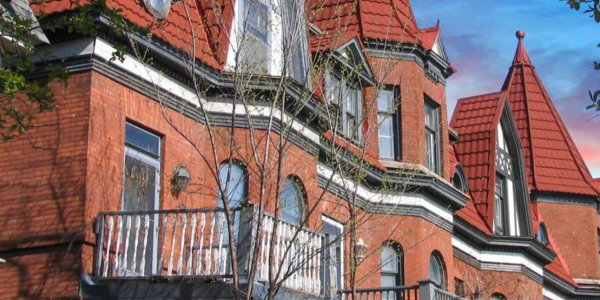Why SPF Roofing Handles Hail Damage Without Needing to be Replaced

By Cass Jacoby, RCS Reporter.
SPF roofing systems have unique characteristics that make them particularly adept at managing hail damage.
SPF (spray polyurethane foam) has specific characteristics that protects the substrate against damage from hail, making this roof system resilient in a hail event.
If we consider the physical characteristics of the SPF roofing system, we find that the compressive strength of the foam, combined with the thousands of tiny cells, acts as a shock absorber against impact. In most other roofing systems, the exterior membrane is the waterproofing or water shedding medium, whereas the SPF roof system has a closed cell.
So, when hail impact cracks or bruises a roof system such as single ply, shingles, BUR, etc., they are likely to leak, but the damage to SPF roofing systems is typically only a cracked coating and an indentation to the foam itself. Since the foam below the dent is closed cell, it continues to provide water resistance so leaks do not occur. This allows a SPF roof to be repaired in the areas of damage rather than having to remove and replace the whole system.
Hail damage on most roof systems requires a tear-off and replacement, but on SPF roofing systems, most of the damage remains localized to the upper surface of the foam, meaning these roofs need to be repaired where others need to be replaced. SPF roofs are not in imminent danger of leaking after being damaged.
It is important to repair crushed foam and coating cracks as soon as possible to prevent moisture saturation of the damaged areas, but this still gives a bit of leeway when it comes to fixing a damaged roof. So long as repairs are performed within a reasonable time frame, SPF roofing systems can typically be repaired rather than removed and replaced.
Climate considerations
Some climates help the hail resistance of a foam system more than others. The climate in Phoenix and Las Vegas, for example, are more forgiving in regards to light to moderate hail damage. Hot and humid climates such as South Texas and Florida have more complex factors affecting hail-damaged SPF roofs. High temperatures tend to dry out the moisture that has seeped into the cracks and crushed foam cells very quickly, however, the high humidity creates a higher potential for SPF saturation particularly during cooler times of the year. In cooler temperatures the greater concern of hail damaged roofs is moisture saturating into the SPF. There may be long periods of time where drying conditions do not occur.
Increasing hail impact resistance
While the basic SPF roof system has fairly good hail impact resistance, there are additional design elements that can be used to significantly increase its hail resistance, such as:
1 - Using higher density foam. As the density increases so does the compressive strength of the foam and its resistance to impact.
2 - Adding a third layer of coating. Most SPF roofing systems consist of two layers of 10-15 mils each of coating. Adding another layer of coating thereby increases the thickness of the coating and its tensile strength providing greater hail impact resistance.
3 - Combining tensile strength with high flexibility. This combination provides the greatest protection, as the impact resistance of a coating system is a factor of both tensile strength and flexibility.
4 - Topping coating system with granules or crushed aggregate. Field studies show that adding granules or crushed aggregate help reduce hail impact damage more than just coating alone.
Conclusion
SPF roofing systems have unique characteristics that allow the repair rather than the replacement of the system after hail damage. It is important to inspect and evaluate the damage in order to make the correct repairs, however, a well-maintained SPF roofing systems can perform for many years after a significant wind or hail event.
Learn more about General Coatings in their RoofersCoffeeShop® Directory or visit www.generalcoatings.net.






















Comments
Leave a Reply
Have an account? Login to leave a comment!
Sign In